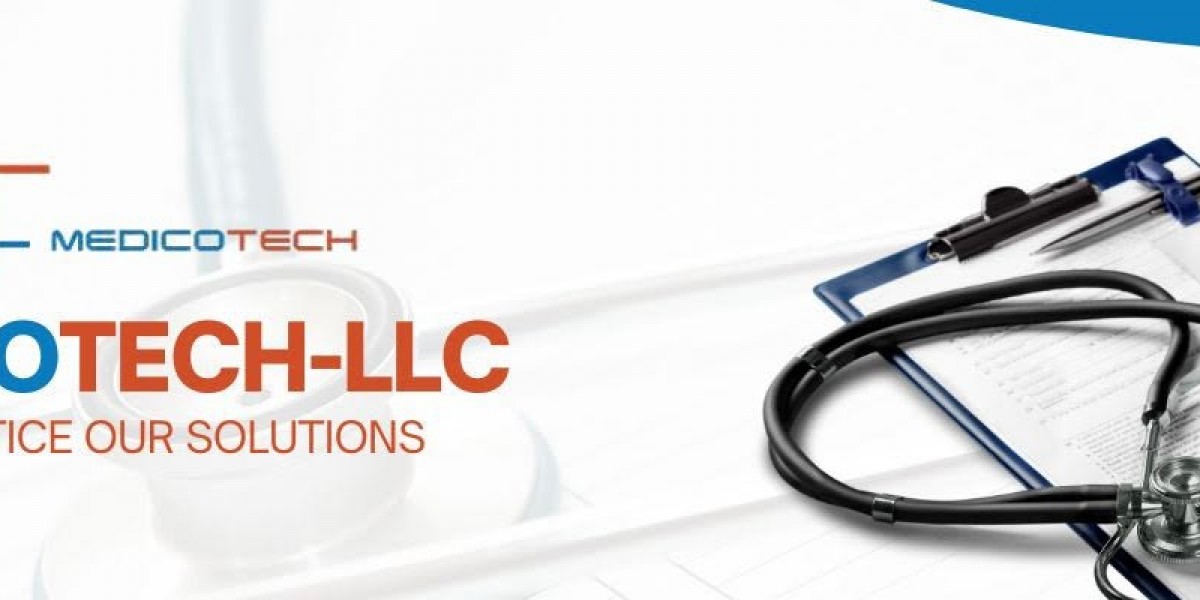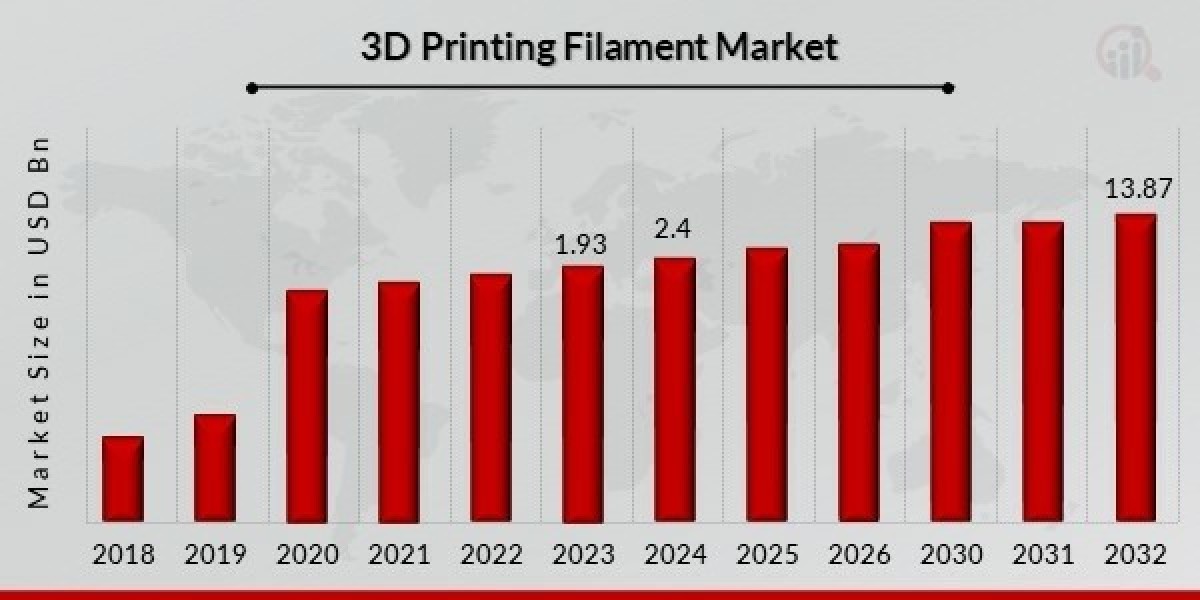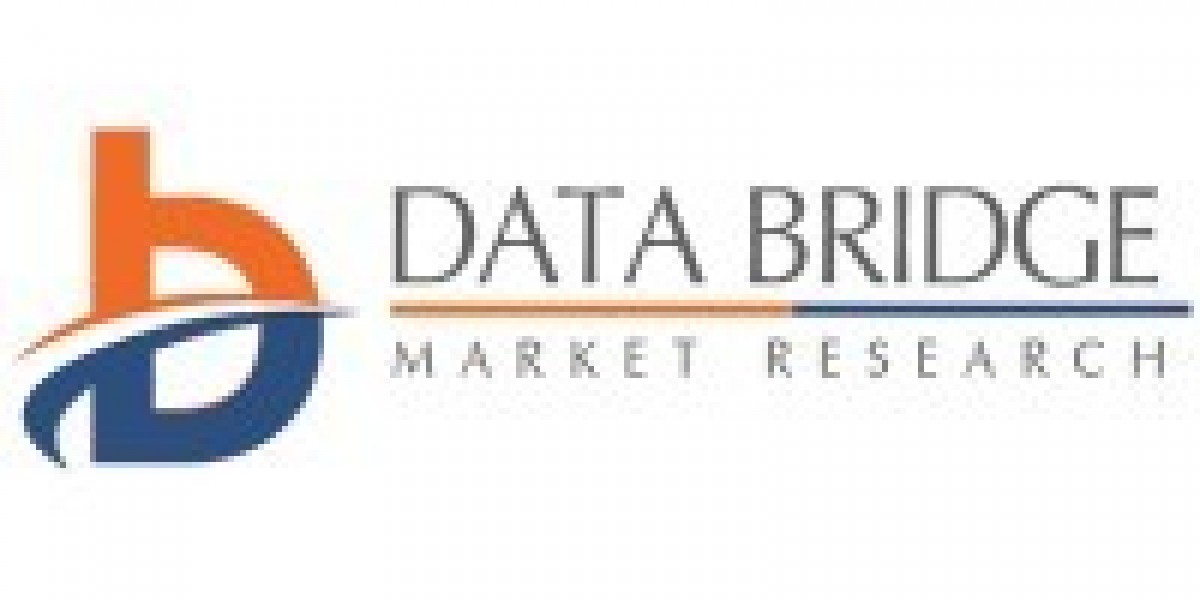With high-cost procedures, strict compliance regulations, and ever-changing payer requirements, these specialties cannot afford inefficiencies in their billing operations. As payment models evolve and regulatory scrutiny intensifies, advanced billing systems have become essential—not only for ensuring compliance but also for significantly boosting profitability.
This article explores how modern, technology-driven billing systems—tailored specifically for cardiology and pathology—can transform practice performance, enhance collections, and streamline operations for sustainable financial growth.
1. Revenue Challenges in Cardiology and Pathology Billing
Cardiology: High-Stakes Billing Complexity
Cardiology encompasses a wide range of diagnostic and interventional procedures, such as:
Stress tests
EKGs and echocardiograms
Pacemaker implants
Cardiac catheterization and angioplasty
Outpatient and inpatient consultations
Each service involves distinct CPT codes, modifiers, and often requires prior authorization. The complexity increases with frequent code updates and payer-specific documentation requirements.
Pathology: Volume-Driven, Precision-Based
Pathology services—especially lab-based diagnostics—are driven by:
Histopathology and cytology
Clinical laboratory panels
Genetic and molecular testing
Surgical pathology specimen analysis
Revenue leakage in pathology billing often results from errors in test-to-diagnosis mapping, improper use of global vs. component billing, and misunderstanding of payer policies on medical necessity.
2. What Are Advanced Billing Systems?
Advanced billing systems are intelligent, integrated platforms that go beyond basic claims processing. These systems incorporate:
Artificial Intelligence (AI) and Machine Learning
Robotic Process Automation (RPA)
EHR (Electronic Health Record) Integration
Real-Time Dashboards and Data Analytics
Compliance Management Tools
The goal? To automate, optimize, and oversee every aspect of the revenue cycle—ensuring faster payments, fewer denials, and improved net collections.
3. Features of Advanced Billing Systems for Cardiology
AI-Powered Coding and Charge Capture
Automatically identifies missing CPT and ICD-10 codes
Suggests accurate modifiers (e.g., -26, -59, -LT/RT)
Flags undercoding/overcoding risks
Updates codes in real-time with CMS changes
Real-Time Prior Authorization Tracking
Instantly identifies procedures needing pre-authorization
Electronically submits payer-specific documentation
Alerts staff before services are performed
Inpatient and Outpatient Billing Integration
Manages cross-setting billing (hospital + outpatient)
Syncs data from hospital and ambulatory EHRs
Tracks transitions of care for bundled billing
Automated Payment Posting and Reconciliation
Automatically posts ERA payments
Identifies and flags short payments or denials
Reconciles patient- and claim-level balances
4. Features of Advanced Billing Systems for Pathology
LIS (Laboratory Information System) Integration
Seamlessly connects with LIS platforms
Pulls lab orders/results directly into billing software
Reduces manual data entry and code mismatches
Component-Based Billing Automation
Distinguishes between professional and technical components
Supports global billing when applicable
Detects duplicate or rebillable services
Test-to-Diagnosis Crosswalks
Ensures each test is justified by a valid ICD code
Flags mismatches to avoid claim denials
Provides documentation checklists for auditors
High-Volume Batch Processing
Handles large-scale lab environments
Processes claims in bulk to enhance throughput
Manages payer-specific rules and panel codes
5. Key Revenue Benefits of Advanced Billing Systems
Fewer Denials and Rejections Automated claim scrubbing and validation reduce denials by up to 50%.
Faster Payments Automation shortens billing cycles and can reduce Days in A/R by 20–30%.
Higher Net Collections Accurate coding and clean claim submissions increase first-pass resolution rates.
Improved Staff Productivity Staff can focus more on patient engagement and follow-ups instead of data entry and denial management.
Enhanced Payer Contract Management Dashboards highlight payer trends, helping negotiate better reimbursement rates.
6. Integration with Revenue Cycle Management (RCM)
Advanced billing systems are core to a well-functioning RCM strategy. They integrate seamlessly with other critical processes, such as:
Patient scheduling and insurance verification
Coding and charge capture
Claims submission and denial resolution
Patient billing and collections
Compliance and audit reporting
This unified ecosystem offers a complete view of the practice’s financial performance.
7. Role of Analytics in Profit Optimization
Built-in analytics tools help practices:
Track KPIs: denial rates, clean claim rate, A/R days
Identify unbilled or undercoded services
Evaluate staff performance and claim resolution time
Compare payer reimbursements and flag discrepancies
Predictive analytics can even forecast denials or reimbursement delays before they occur—allowing for proactive intervention.
8. Compliance and Audit Readiness
Specialties like cardiology and pathology medical billing services are frequent audit targets. Advanced billing platforms strengthen compliance by:
Applying NCCI edits and CCI bundling rules accurately
Maintaining complete audit trails
Generating compliance reports (e.g., for CMS or OIG)
Helping detect and prevent abusive billing practices
These capabilities minimize penalties, recoupment demands, and reputational risks.
9. Patient-Centric Billing Features
Modern billing systems also improve the patient financial experience with:
Online payment portals
Real-time eligibility checks
Transparent cost estimates
Automated reminders for outstanding balances
This reduces bad debt, improves satisfaction, and boosts collection rates.
10. Cloud-Based and Scalable Architecture
Most advanced billing platforms are cloud-based, offering:
Remote access for staff and physicians
Low infrastructure and IT costs
Scalable modules to grow with the practice
Built-in disaster recovery and data security
These features make them ideal for both solo providers and large multi-location groups.
11. Implementation Roadmap for Practices
Step 1: Assessment & Planning
Identify pain points
Define revenue goals and KPIs
Engage key stakeholders
Step 2: System Selection
Choose platforms tailored for cardiology or pathology
Ensure EHR and LIS integration compatibility
Evaluate vendor support and compliance tools
Step 3: Training & Onboarding
Train staff on system use
Set up test environments
Migrate data with validation
Step 4: Go-Live & Monitoring
Launch in phases if needed
Track performance metrics for 90 days
Schedule reviews and vendor evaluations
12. Choosing the Right Billing Partner or Vendor
Look for partners with:
Specialty-specific billing experience
Transparent reporting and KPIs
Proven track record in denial reduction
Strong compliance support
Custom workflows and payer rule flexibility
13. Case Studies: Real Results
Case Study 1: Cardiology Practice
A mid-sized cardiology medical billing services group in Texas implemented an advanced billing system and within 6 months:
Reduced denials by 47%
Increased monthly collections by 18%
Decreased billing team workload by 30%
Case Study 2: Independent Pathology Lab
A Florida-based pathology lab adopted an LIS-integrated billing solution and:
Cut claim turnaround time from 15 to 6 days
Reduced payer rejections by 40%
Boosted annual revenue by over $300,000
Conclusion: Building a Future-Ready Revenue Engine
Specialty practices like cardiology and pathology cannot rely on generic billing systems. With complex procedures, tight compliance requirements, and payer variability, these specialties need intelligent, integrated, and profit-focused billing solutions.
By implementing advanced systems, practices benefit from:
Stronger financial performance
Streamlined billing workflows
Robust compliance infrastructure
Enhanced patient financial experiences
In today’s competitive, regulated healthcare environment, advanced billing systems are no longer optional—they are essential for growth, sustainability, and success.









